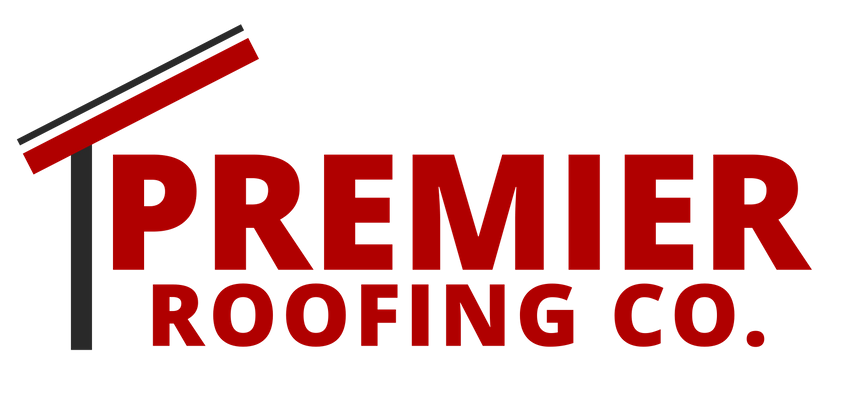ALGAE & MOSS GROWTH ON ROOFS
Algae growth on roofs is becoming more prevalent in Anchorage, Eagle River, and other communities in Alaska.
WHAT IS ALGAE?
There is no easy definition of an algae. Algae are generally microscopic organisms. They are carbon fixing and oxygenating organisms. Algae spores are carried by the wind or by animals and can quickly spread from one rooftop to another. That is why it is common to see algae growth on rooftops throughout an affected neighborhood.
WHAT DOES ALGAE LOOK LIKE?
What you will most likely see is dark streaking on light colored shingles, and white staining on dark colored shingles, or perhaps a dullness on dark shingles in areas where algae is present. When there is severe algae growth light colored shingles will likely appear to be a darker color overall on most of the roof surface.
HOW DOES ALGAE AFFECT YOUR ROOF?
Algae growth is mostly an aesthetic issue; however, it can also serve as a food source for moss growth on the roof surface. Although algae may not be structurally damaging to the roof surface, moss growth can cause a decreased life span of the shingles, and other problems with your roof system.
CAN ALGAE STAINS BE REMOVED FROM SHINGLES?
The Asphalt Roofing Manufacturers Association (ARMA) states . . .
The most effective method of cleaning algae and moss from a roof is with a 50:50 mix of laundry strength liquid chlorine bleach and water. Apply with a sprayer and allow the solution to dwell on the roof surface for 15 to 20 minutes, and then rinse thoroughly with low pressure water. Extended dwell times may be necessary, however, avoid letting the solution dry completely as this may prevent complete rinsing. Take proper precautions to protect landscaping and surrounding areas from the chlorine bleach solution. Use appropriate personal protective equipment when working with chlorine bleach. Algae will disappear and wash away with subsequent rains. Moss will loosen over time and may be removed with a leaf blower. In severe cases, it may take more than one bleach treatment to kill all of the moss. Never use a pressure washer to clean an asphalt shingle roof as this will cause granule loss and very likely premature failure of the roof system.
It is quite likely that cleaning the roof will be a temporary measure, and algae streaking will occur in the future.
CAN ALGAE GROWTH ON YOUR ROOF BE PREVENTED?
Yes. Many shingle manufacturers offer shingles that contain copper coated granules to inhibit the growth of algae. The standard warranty for these algae resistant shingles can range from 10, 15, 20 years against algae streaking/staining.
CONTRARY TO POPULAR BELIEF AND MISINFORMATION BY SOME ROOFERS, ALGAE AND MOSS ARE QUITE DIFFERENT. THERE ARE NO SHINGLES THAT PREVENT MOSS GROWTH, AND THERE ARE NO SHINGLE WARRANTIES THAT PROVIDE COVERAGE AGAINST MOSS GROWTH.
WHAT IS MOSS?
Moss is a non-vascular plant that obtains water through its leaves, unlike most plants that gather water through its root system. Moss must therefore have a moist environment to survive. In North America, moss tends to grow on north facing roof planes that receive less direct sunlight and stay damp longer than south facing planes. Overhanging tree branches provide additional shade and drop debris on the roof that further holds in moisture and acts as a food source for moss. Moss spores may also be carried by wind or animals and can easily spread throughout neighborhoods.
WHAT DOES MOSS LOOK LIKE?
Moss typically looks like a clumpy green growth on the roof. There may be some brown blended with the green. Moss will likely begin to grow in crevices on the roof, and spread to other areas on the roof.
HOW DOES MOSS AFFECT YOUR ROOF?
Everyone agrees, moss is bad for your roof. Moss can cause the leading edges of the shingles to lift or curl, which increases the risk of shingle blow-off during wind events. Moss build-up will trap additional airborne debris and moisture, and can cause lateral water movement resulting in moisture damage to the roof deck or may even cause leaks.
CAN MOSS GROWTH BE REMOVED FROM SHINGLES?
There are different methods of moss removal. One method, using bleach, was discussed above; another method is the use of powders designed to kill the moss, which can then be gently brushed from the roof surface; and the last is to simply, gently brush the moss from the surface, and rinse using low pressure water. Never use a pressure washer to clean an asphalt shingle roof as this will cause granule loss and very likely premature failure of the roof system.
CAN MOSS GROWTH ON YOUR ROOF BE PREVENTED?
Zinc strip can be installed on the roof to help inhibit the growth of moss. Ideally, this should be done when the roof is newly installed versus after the fact. The effectiveness of zinc strip is reliant on rainwater to wash the ions over the roof surface evenly. If little or no rainfall occurs the zinc strip will have no effect. The best preventative steps are to establish a routine to keep the roof clear of debris, and trim overhanging tree branches.
IF YOU HAVE ANY QUESTIONS, OR IF YOU WOULD LIKE TO REQUEST A FREE ESTIMATE PLEASE CALL OUR OFFICE AT 346-4131 OR REQUEST YOUR FREE ESTIMATE ONLINE.

